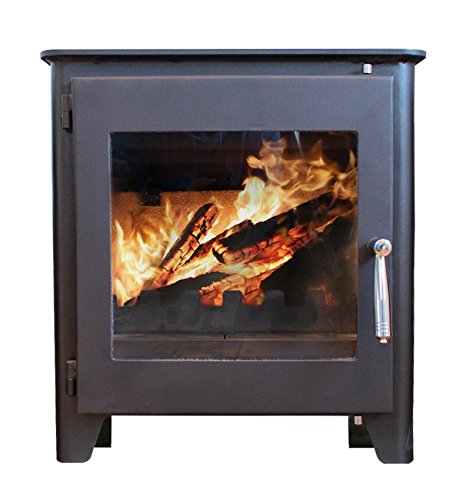What to Look For in a Wood Burner Clearance Sale
Efficiency
When you're looking for a wood burner clearance sale be sure to consider the effectiveness of the appliance. The effectiveness of a wood burner measures how much heat is transferred to your home instead of going up the chimney. This directly relates to the amount of firewood you purchase and the frequency at which you burn it. EPA certified stoves must show efficiency in heating and combustion. Look for a wood burner that has an EPA listed overall efficiency of 70% or greater to make sure you're getting the best bang for your money. More efficient means less waste, and you'll save money on fuel. This means less time spent stacking and chopping wood, as well as fewer trips to your wood pile in winter snowstorms. This means you can spend more time with your family by the warmth of a fire.
Safety
The majority of wood stoves available today have been tested for safety. Stoves that haven't been tested include used stoves or antique stoves, as well as stoves constructed in informal welding shops. The majority of insurance companies do not cover homes with non-certified appliances.

A certified stove is marked with a label indicating the minimum distance between the stove and combustibles such as furniture and walls. The instructions provided by the manufacturer for installation will include this information. Additionally, the manufacturer's test results will show whether the stove is in compliance with the requirements for fire resistance.
Even with the correct clearances the wood-burning tools can be dangerous. Children should be kept out of the tools and never allowed to be alone in a space where a wood burner is being used. They can be very hot and could cause burns to your skin and clothing within seconds. Be sure to unplug your device when you are not in use.
small wood burner doesn't just involve construction materials. It also covers anything that is that is kept near the stove, such as cleaning products and rags. Keep curtains, blankets and throws away from the open space of the stove.
The clearances mentioned above can be reduced by the use of appropriate shielding. However, it is important to consult the manufacturer's recommended clearances and be on the side of caution. Consult your local building inspector or officer if you're unsure if the material you use for shielding is suitable. They'll be able to confirm that it meets the current fire safety standards. Installing carbon dioxide and smoke detectors around the stove is also a good choice.
